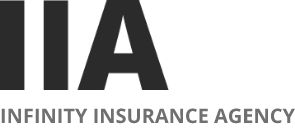We Are Providing Insurance Solutions for Your Everyday Life and Family
Daily Life And Family
How to Buy & Car & Common Mistakes to Avoid
When making the financial commitment to purchasing a new car...
Read Conmigo’s Top Free E-Books for Young Bilingual Readers
Read Conmigo, recognized by T he White House Initiative on...
What Californians Should Know About REAL ID
Many people may not be aware of what the new REAL ID Act...
Pagination
The materials available in the Knowledge Center are for informational purposes only and not for the purpose of providing legal advice. You should contact legal counsel to obtain advice with respect to any particular issue or problem. Use of this website or any of the links contained within the website do not create representations or warranties of any kind, express or implied, about the completeness, accuracy, reliability, suitability or availability with respect to the website or the information, products, services, or related graphics contained on the website for any purpose. Any reliance you place on such information is therefore strictly at your own risk.







